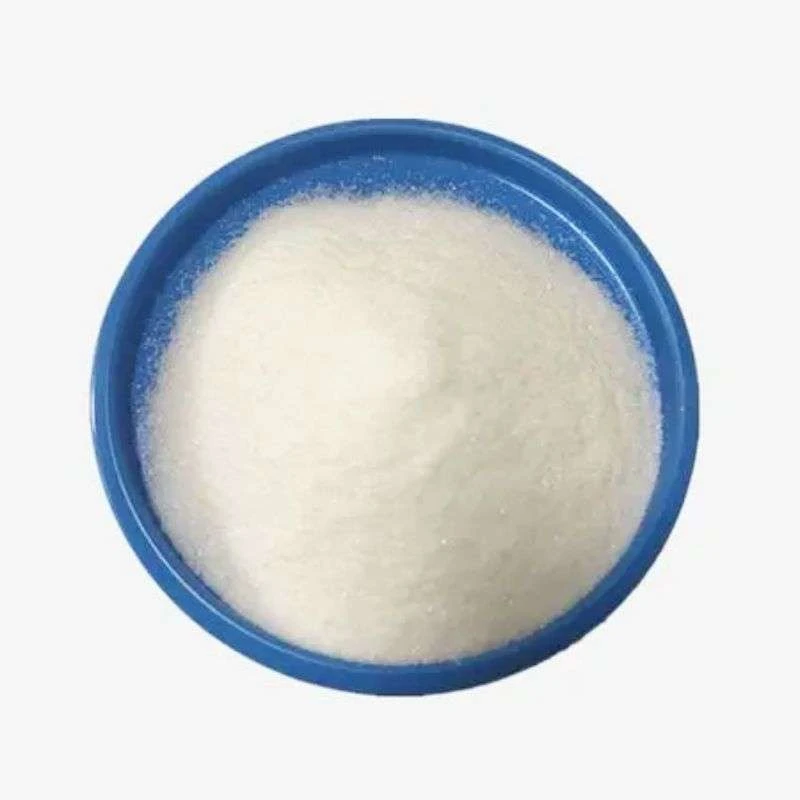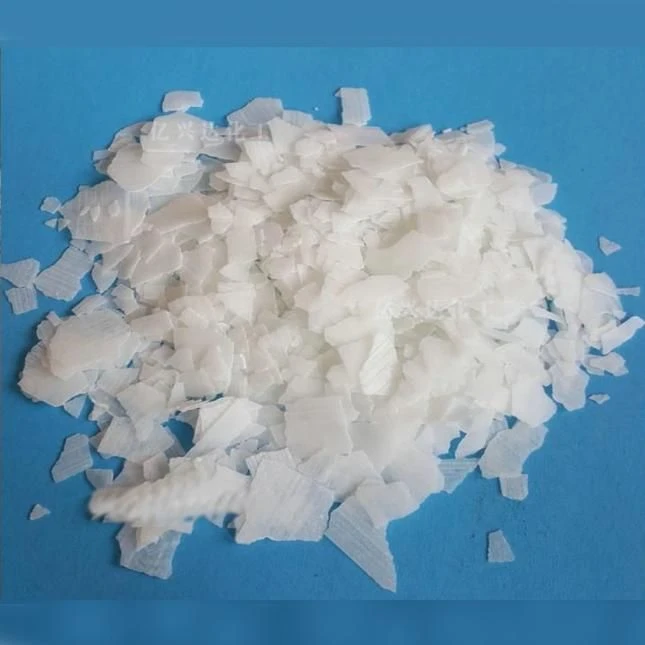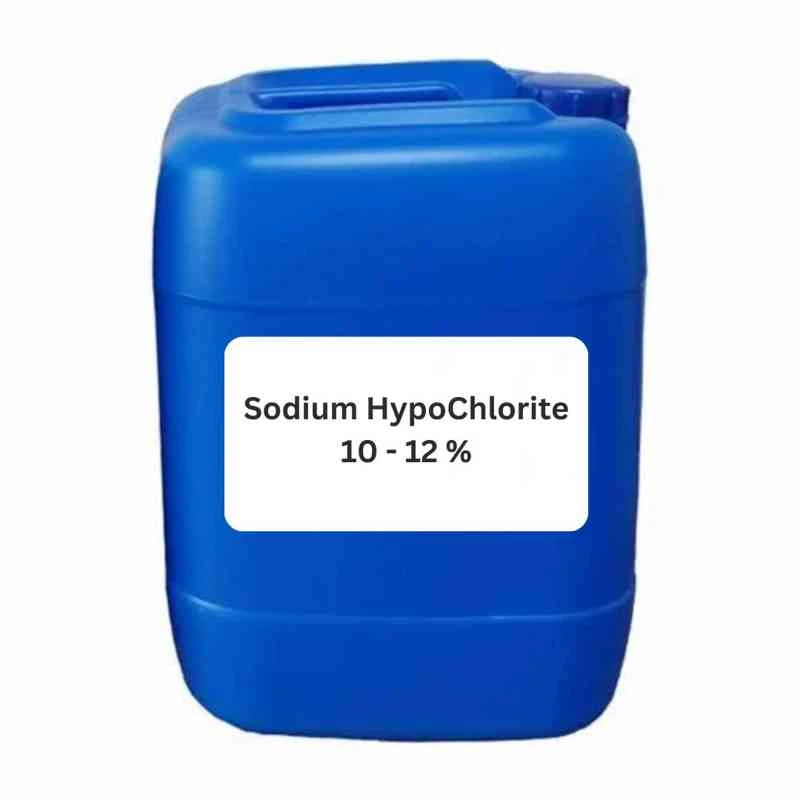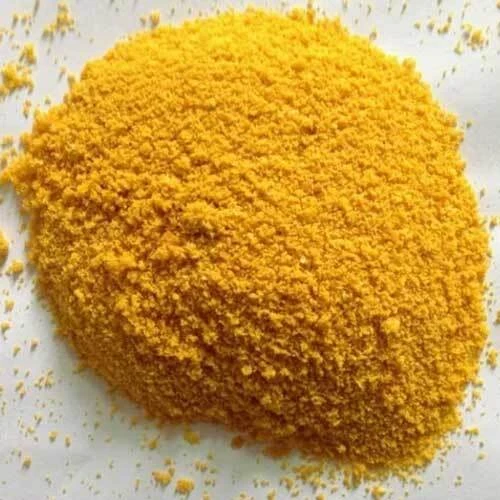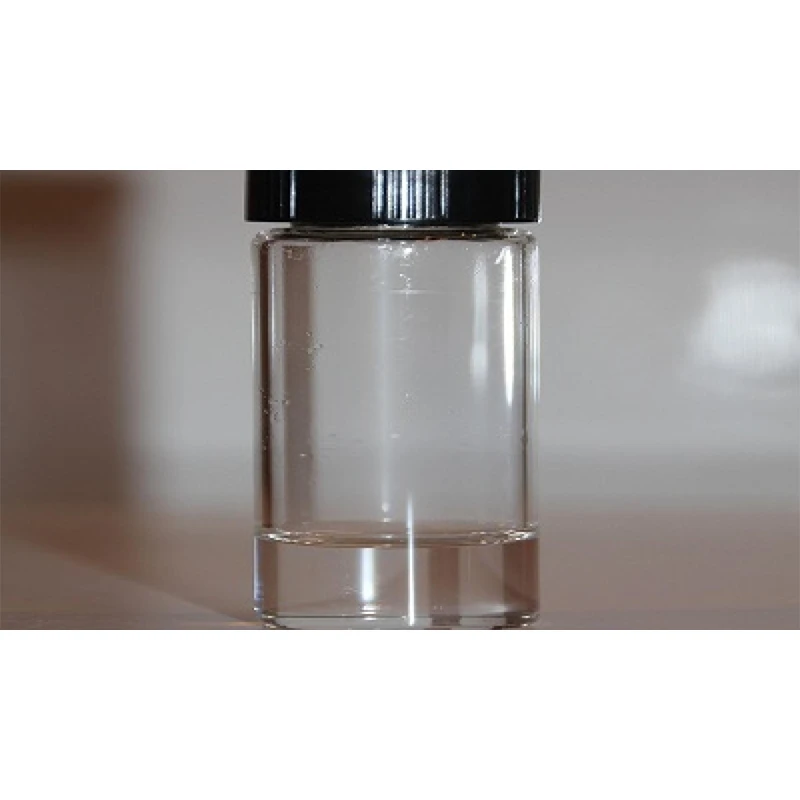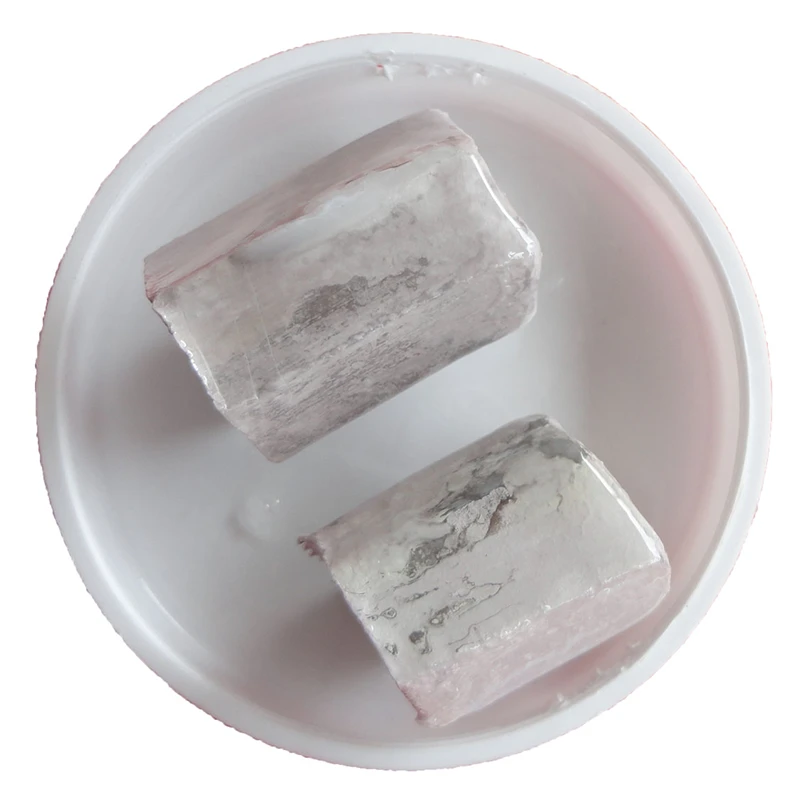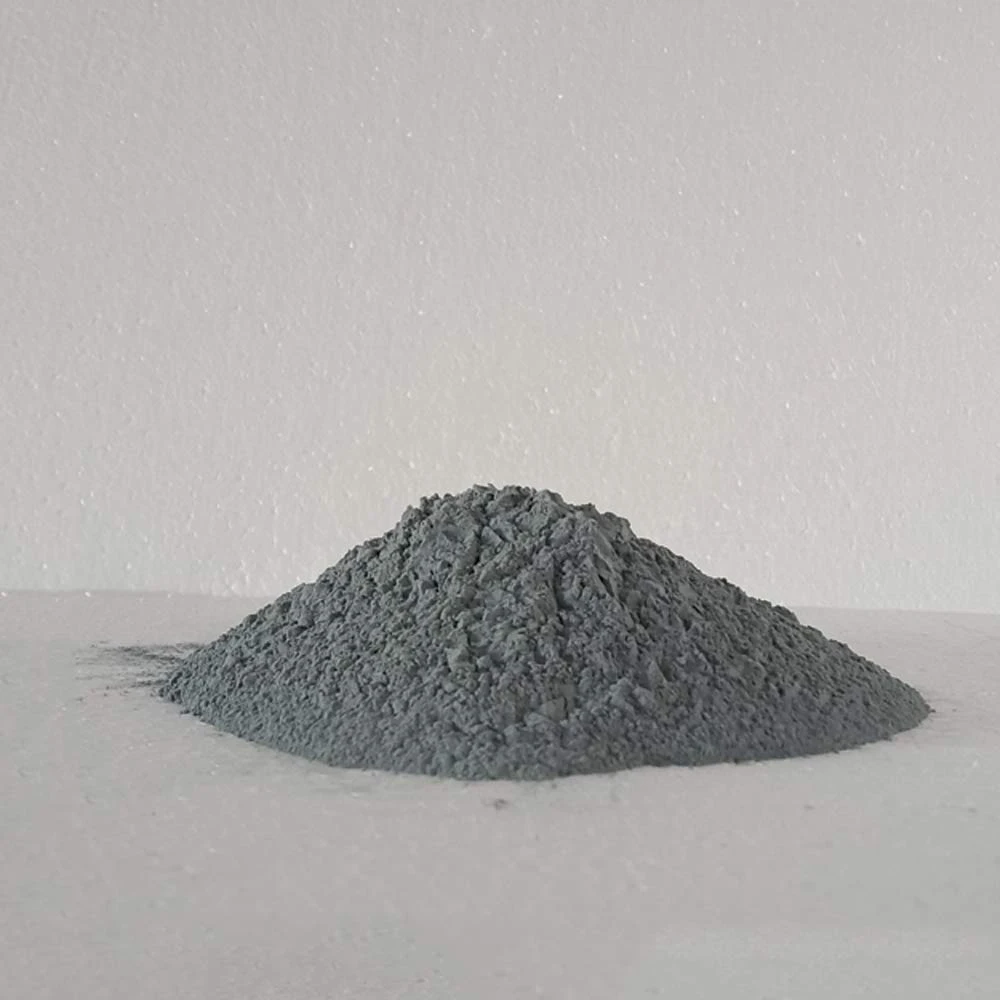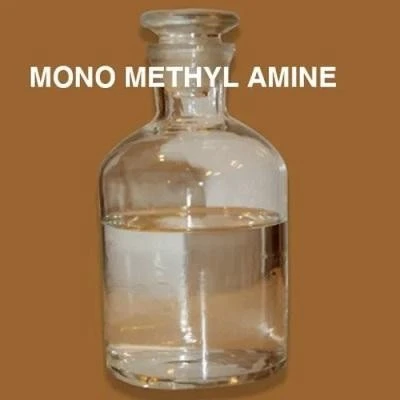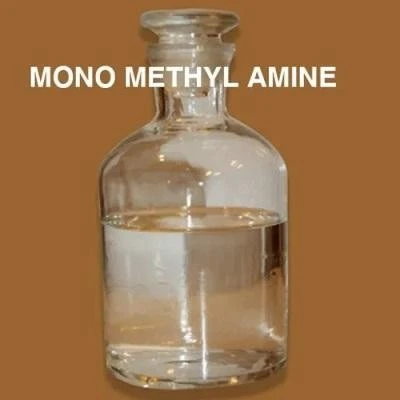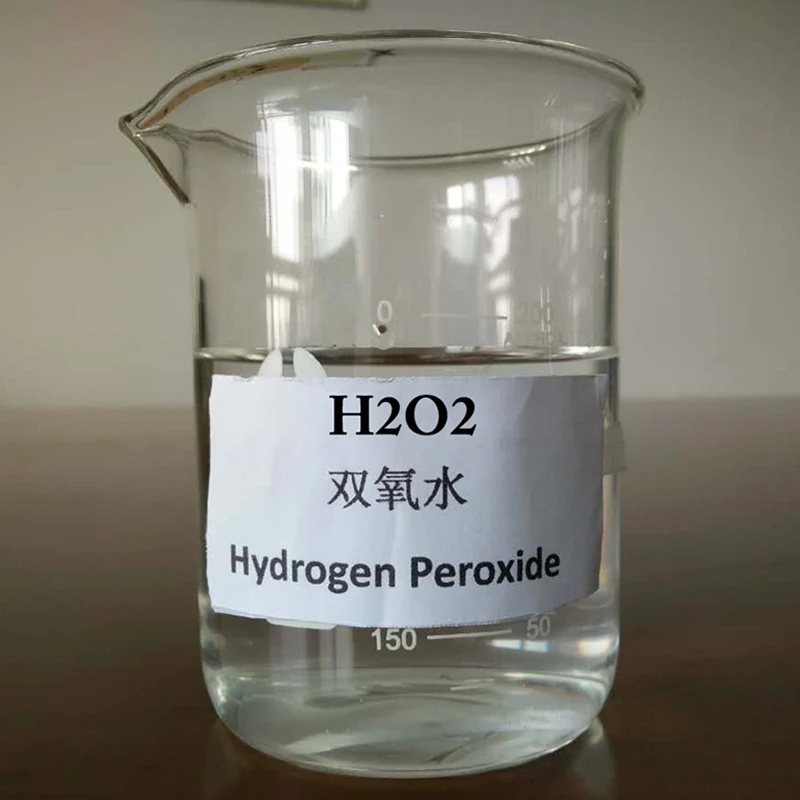
Flubendiamide Insecticide: Protect Crops From Lepidopteran Pests
As a modern insecticide engineered for global agricultural needs, flubendiamide has revolutionized crop protection. With its advanced chemical structure and targeted pest control, flubendiamide 20 formulations are at the forefront of environmentally safer and high-efficacy insecticides. In this guide, explore emerging industry trends, in-depth technical specifications, process insights, comparative analysis, custom solution engineering, and authentic field applications, backed by data and ISO/ANSI standards.
Keywords: flubendiamide insecticide, flubendiamide 20, flubendiamide deltamethrin, flubendiamide uses.
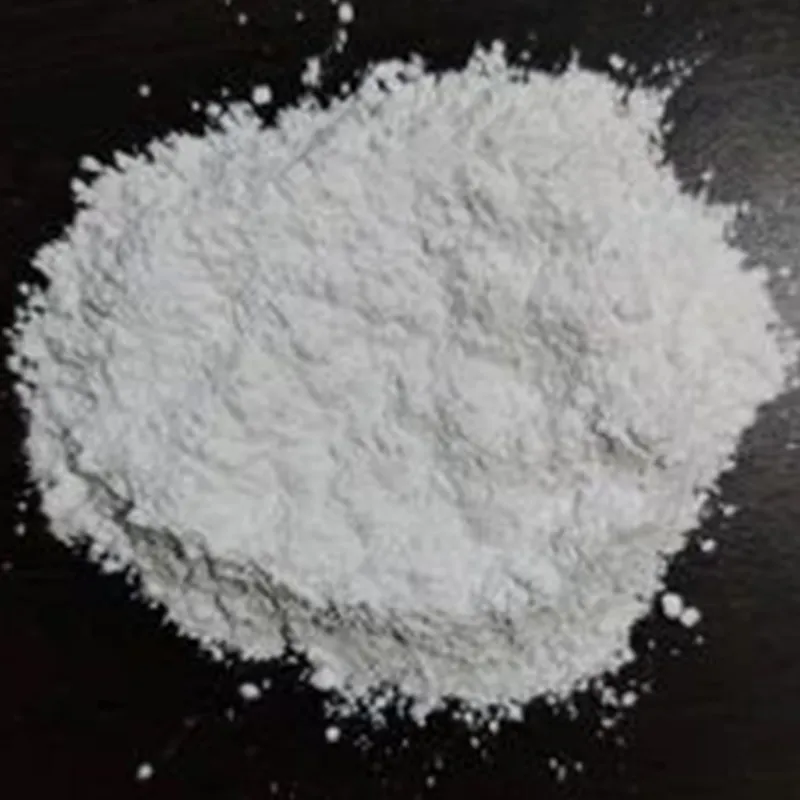
1. Market Trends & Industry Overview: Flubendiamide on the Rise
The global market for flubendiamide insecticide is experiencing remarkable growth, driven by increasing demand for crop protection, stricter pest resistance management, and the agricultural sector's shift towards low-toxicity, targeted molecules. According to Statista, the insecticide segment is projected to exceed $21.4 billion by 2026, with flubendiamide-based products capturing a rapidly expanding share, particularly in Asian and South American markets.
- Adoption in rice, cotton, vegetables, and fruit crops for sustainable Integrated Pest Management (IPM).
- Rising preference towards flubendiamide 20 Suspension Concentrates (SC) due to improved mixing stability and leaf adherence.
- Synergistic use with flubendiamide deltamethrin mixtures targeting resistance in Lepidoptera pests (e.g., Helicoverpa armigera).
- Compliance with latest regulatory frameworks (EU, US EPA, FAO, GB, etc.) for residue and environmental safety.
2. Technical Parameters & Product Comparison
Flubendiamide is a modern, phthalic acid diamide insecticide, renowned for unprecedented activity against Lepidopteran pests. Below is a specification table contrasting leading flubendiamide products (20% SC, mixtures, technical):
| Product Type | Active Ingredient(s) | Concentration | Formulation | Target Pests | Typical Dosage/Ha | Major Markets |
|---|---|---|---|---|---|---|
| Flubendiamide 20% SC | Flubendiamide | 20% | Suspension Concentrate | Lepidoptera (bollworm, stem borer) | 150-200 ml | India, China, Egypt |
| Flubendiamide+Deltamethrin SC | Flubendiamide, Deltamethrin | 18.5% + 1.5% | SC | Lepidoptera, Aphids, Whiteflies | 200 ml | Brazil, Vietnam, Africa |
| Flubendiamide Technical | Flubendiamide | ≥98% | Technical Material | Formulation Base | - | All |
Major Technical Specifications
- Chemical Name: N2-[1,1-dimethyl-2-(methylsulfonyl)ethyl]-3-iodo-N1-(2-methyl-4,6-dimethylphenyl)phthalimide
- Chemical Structure: Phthalic acid diamide
- Molecular Formula: C23H22F7N3O4S
- CAS Number: 272451-65-7
- Solubility: 0.082 mg/L (water, 20°C)
- Stability: Stable in acidic/neutral media, light stability at pH 4-9
- ISO/ANSI Standards: Manufactured to ISO 9001:2015, meets FAO Tech Specification 608/TC (min. 97% purity, max. 1% impurities)
3. Flubendiamide Manufacturing Process Explained
- Phthalic anhydride, aromatic diamines, and iodo components sourced to meet ISO 14001 environmental criteria.
- Batch reactor under N2 (inert) atmosphere, catalyst-assisted condensation
- CNC-controlled environment for reaction accuracy, monitored by HPLC.
- Filtration, precipitation, and vacuum drying to achieve purities >97%.
- Automated inline impurity detection (ISO/IEC 17025 lab validation).
- Suspension concentration via high-shear blending (GMP-compliant).
- Packaging in HDPE drums, UV-resistant bottles (ANSI Z359.1 standard certification).
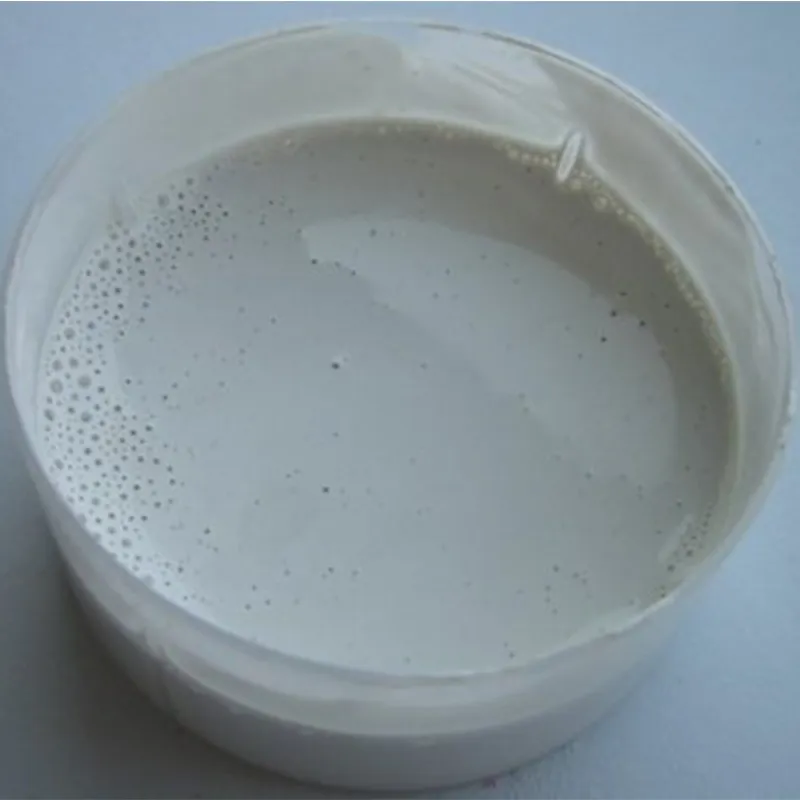
Quality Assurance: Every stage features in-process analytics (GC-MS, HPLC), adhering to ISO 9001:2015 and ISO/IEC 17025 standards for traceability and batch validation—extending product shelf-life and minimizing byproducts in finished flubendiamide insecticide.
4. Material, Process & Application Advantages
- Material: Phthalic diamide base ensures chemical stability and resistance to photolysis and hydrolysis, outperforming conventional pyrethroids.
- Process: CNC-automated dosing, closed system reactors, and precision HPLC-monitoring guarantee batch consistency and minimal environmental impact.
- Testing & Detection: Conformity to ISO/FAO technical specs, with random batch testing in accredited (ISO/IEC 17025) labs.
- Product Lifecycle: Documented storage stability ≥ 2 years (25°C), low volatile loss, and field residuals below EPA/FAO MRL standards.
- Industry Applications: From petrochemical to metallurgy, flubendiamide-based pest management secures assets by preventing pest-related system failures and contamination. Key in rice, cotton ginning, food storage, and fruit packaging supply chains.
- Performance Advantage: Proven superior efficacy (>95% pest knockdown at labeled dose), no cross-resistance with neonicotinoids, and energy/cost savings through fewer applications per crop cycle (+10-20% improved yield compared to chemical standards).
- Eco & Corrosion Benefit: Non-corrosive, non-staining, and supports IPM-friendly strategies due to minimal impact on beneficial arthropods. Flubendiamide vs. deltamethrin mix offers broader spectrum and delayed resistance development.
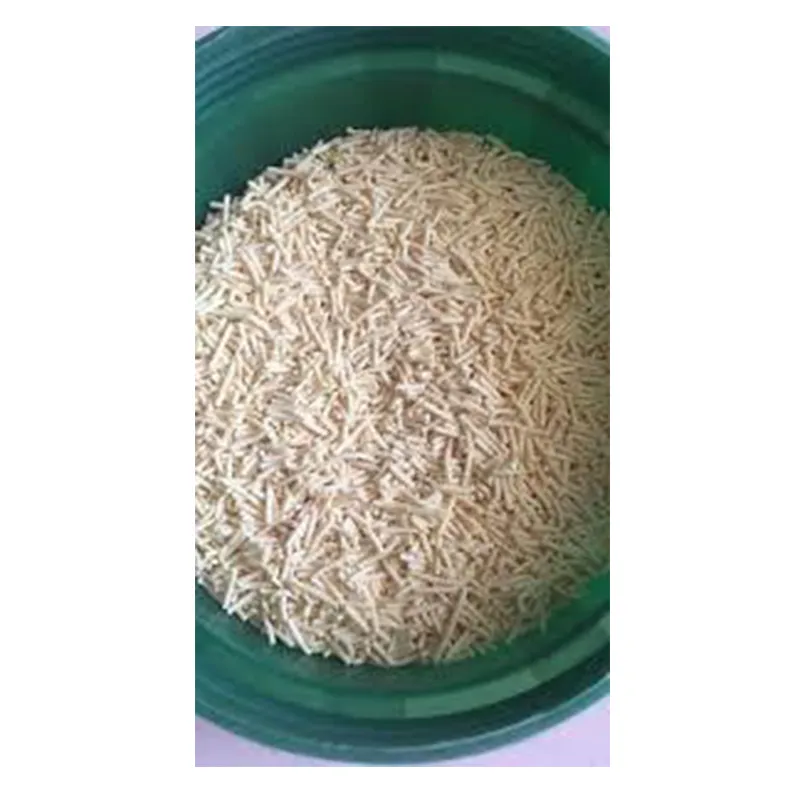
5. Product Comparison Table: Flubendiamide vs. Alternatives
| Insecticide | Mode of Action | Acute Oral Toxicity (rat LD50 mg/kg) | Rainfastness | Persistence (days) | Major Crops | Resistance Management |
|---|---|---|---|---|---|---|
| Flubendiamide | Ryanodine receptor modulator | >2000 | >4h | 10-20 | Rice, Cotton, Vegetables | No cross-resistance to organophosphates/pyrethroids |
| Deltamethrin | Sodium channel modulator | 135 | <3h | 7-10 | Cotton, Vegetable, Cereal | Widespread resistance in Lepidoptera |
| Chlorantraniliprole | Ryanodine receptor modulator | >5000 | >4h | 10-21 | Rice, Potato, Citrus | Low to moderate risk |
6. Supplier Comparison: Why Choose DFChem Pest
| Supplier | ISO Certified (9001/14001) | Years in Business | Main Markets | Formulation Variety | Customization | After Sales Support |
|---|---|---|---|---|---|---|
| DFChem Pest | Yes (9001/14001) | 20+ | Global: 70+ countries | SC, WG, Mixtures, Technical | Yes (OEM/ODM) | 24/7 technical support, field service |
| Generic Producer A | No | 7 | Asia, ME | SC | No | Email only |
| European Supplier B | Yes (9001 only) | 16 | Europe, Americas | SC, Technical | Partial | 9-5 technical line |
7. Custom Formulations & Turnkey Solutions
- Design of flubendiamide + adjuvant, deltamethrin combination, and slow-release formulations for varied climates and pest profiles.
- Integration into customer-specific IPM (Integrated Pest Management) protocols.
- On-site support for application calibration, crop safety, and regulatory registration.
- OEM/private label services with flexible packaging, global shipping, and regulatory documentations (GLP, WCO, EPA dossier support).
- Advanced analytics for in-field residue monitoring and environmental risk assessments.
Case Study: Flubendiamide in Large-Scale Rice IPM, Southeast Asia
In Vietnam’s Mekong Delta (2022), an integrated pest management trial using flubendiamide 20% SC realized a 92% reduction in Chilo suppressalis (stem borer) infestations, with average yield rise of 17.4%. Farmers reported 30% fewer spray rounds compared to pyrethroid-only protocols. The product’s precise application window, rainfastness & low mammalian toxicity (as per field residue analysis) helped meet EU import residue compliance—demonstrating true “field-to-table” sustainability.
8. Typical Application Scenarios & Customer Feedback
- Rice & Wheat: Targeting stem borer, leaf folders, and armyworms.
- Cotton: Excellent efficacy against pink bollworm and Spodoptera spp.
- Horticulture (Grapes, Tomatoes): Fast pest knockdown with minimal phytotoxicity.
- Warehouse / Post-harvest: Reduces pest ingress in bulk storage without residue accumulation.
9. Delivery Cycle, Warranty, & Service Commitment
- Delivery: Standard 7-21 days ex-works depending on batch size, with regular updates on production status.
- Warranty: 2 years shelf-life under recommended storage; compliance with national MRL and EPA/FAO/ISO-QS standards.
- Support: 24/7 consultation for application, emergency logistic assistance, and compliance documentation support.
- Traceability: Batch-level QC reports downloadable for every consignment.
10. Flubendiamide FAQ (Industry Technical FAQ)
- 1. What is the active ingredient and purity standard for flubendiamide 20% SC?
- The active ingredient is flubendiamide (CAS 272451-65-7) at minimum 20% w/w (ISO/FIFO validated). Finished batches contain technical grade flubendiamide at ≥97% purity by HPLC per FAO Tech 608/TC specification.
- 2. Which regulatory approvals and certifications does your flubendiamide meet?
- Manufactured under ISO 9001:2015 quality and ISO 14001 environmental systems, all products conform to international MRLs (EU/US EPA/Japan/FAO/GB) and are tested in ISO/IEC 17025 laboratories.
- 3. How is flubendiamide packaged and shipped?
- Offered in 1L, 5L, 20L HDPE bottles/drums meeting ANSI Z359.1 transport safety, with tamper-proof seals and chemical-resistant lining; custom packaging available.
- 4. What is the recommended application method and rate for flubendiamide insecticide?
- For flubendiamide 20% SC: apply 150-200 ml/ha diluted in 300-500 L water via boom sprayer or knapsack. Adjust as per pest load and crop phenology.
- 5. How does flubendiamide deltamethrin mixture help in resistance management?
- The mixture offers dual modes of action—ryanodine receptor disruption by flubendiamide and sodium channel inhibition by deltamethrin—delaying resistance buildup, effective even in fields with high pyrethroid resistance.
- 6. What is the storage and shelf-life of the product?
- Two-year shelf-life under cool (
- 7. Are there any known crop phytotoxicity issues with flubendiamide?
- None reported at recommended rates. Field data confirm crop safety in major cereals, pulses, cotton and fruits, with no adverse effect on yield or crop quality.
11. Conclusion: Data-Driven Decision for Next-Gen Pest Control
Backed by two decades of research, rigorous ISO and FAO process compliance, and extensive global field adoption, flubendiamide stands as a cornerstone of modern crop protection. Its advanced chemistry, flexible formulation, and turnkey support mark it uniquely positioned against shifting resistance trends and evolving regulatory standards. As demonstrated above in comparative data, customer use cases, and technical validation, flubendiamide insecticide delivers superior control, economy, and environmental security for leading-edge agriculture.
- “Flubendiamide: A Success Story in Asia-Pacific Pest Management” — Agropages Forum
- “Comparative Toxicity of New Insecticide Chemistries” — Crop Protection Journal
- “ISO/FAO Standards in Insecticide Manufacturing”— ISO Standards Portal
-
Uncover the Benefits of Sodium ChlorateNewsJun.24,2025
-
Sodium for Sale: Your Essential ResourceNewsJun.24,2025
-
Raw Materials in Chemical IndustryNewsJun.24,2025
-
Potassium Hydroxide: Versatile Solutions for Your NeedsNewsJun.24,2025
-
Organic Pesticides and Chemical Raw Materials: Building a Sustainable FutureNewsJun.24,2025
-
Discover Premium Chlorine Tablets TodayNewsJun.24,2025
-
Zinc for Sale: Your Essential ResourceNewsJun.04,2025


